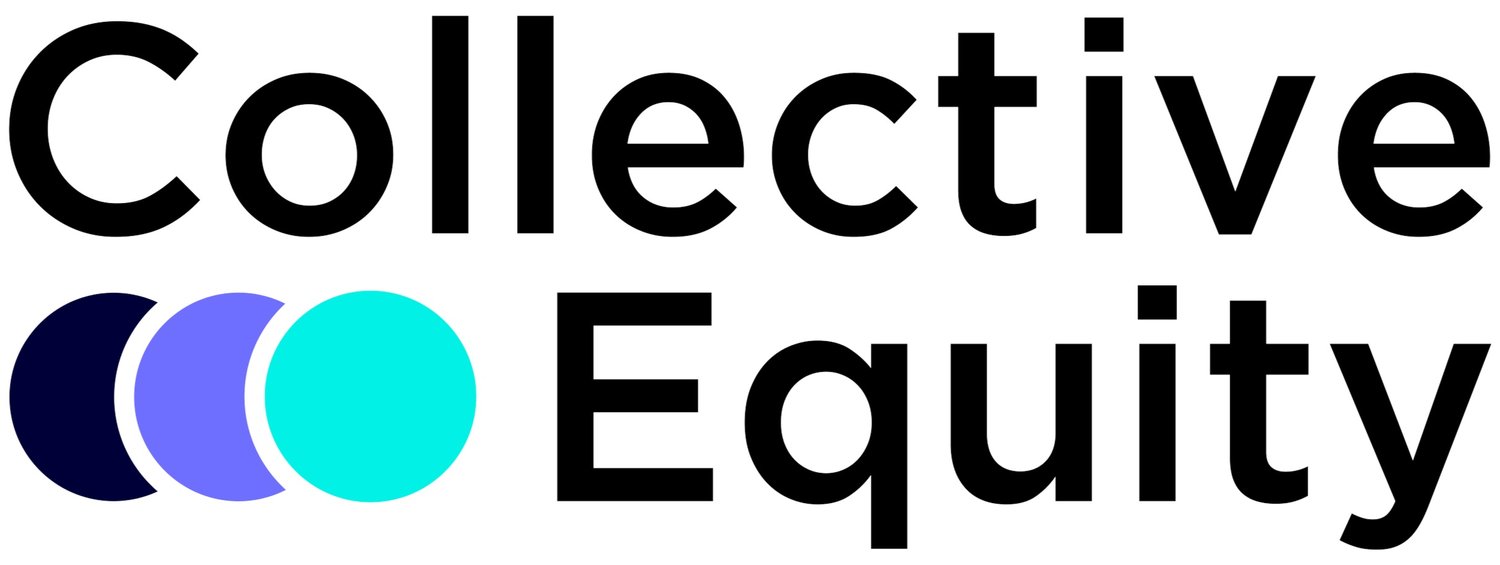
Redefining Secondaries
How it Works
-
1. Fund Structure
Collective Equity sets up the Partnership and General Partner (GP) vehicle that manages fund distributions, structured in Jersey. Founders and shareholders of venture capital or growth equity backed companies contribute their shares to the fund, to become Limited Partners (LPs) creating a diversified portfolio. At first close, the portfolio will consist of up to 10 high-growth, vetted UK companies.
-
2. Loan Structure
The fund has secured a £75m loan facility from a tier one bank with a 20% Loan to Value (LTV). It's non-recourse, which means that LPs will never be on the hook to repay it. The loan is structured with PIK interest, meaning that no repayments are due for the lifetime of the loan, i.e. up to 6 years.
-
3. Initial Distribution
Collective Equity will ringfence 2.4% for expense reimbursement + fund maintenance to cover the setup and the following 10 years of ongoing fund expenses. 85% of the remaining cash is then distributed, with 15% going to Collective Equity as fees. You will hence receive net of fees 15% of your equity contribution in cash. Cash received is non-recourse and tax deferred until the fund makes a profit
-
4. Further Diversification
Equity from US companies & Real Estate are contributed to the fund to create the final Portfolio. Founders and Shareholders of US companies follow the same process to join as well as the Real Estate which is analysed by our Investment Committee and the Bank. To qualify as an exchange fund in the US for a tax-deferral, the fund needs to hold at least 20% in non-security assets i.e., Real Estate. Targeting core, cash-flowing real estate to take down the interest paid and be more liquid for an early repayment of the loan.
-
5. Exit Proceeds
The first liquidity events (exits) of the underlying portfolio companies go to repay the Bank loan, both the principal and accrued PIK interest. Once the debt is fully repaid, the proceeds from the remaining liquidity events are distributed pro-rata the founders (Limited Partners) of the fund. Collective Equity participates in 15% of any liquidity distributions.
-
Simplified Example
If you contribute £10m to a £100 million fund you will own 10% of the fund. First you will receive £1.5m upfront in cash (net of fees), while your full £10m contribution goes to hold your position in the fund. After the principal + interest of the loan has been repaid from the exit proceeds, you're then entitled to 10% of all future liquidity distributions through the fund from following exit distributions.
Harel Kodesh, IC member at Collective Equity & Former Operating Partner at Silver Lake
“As a founder and investor, I was truly impressed by the Collective Equity model. They have developed a powerful mechanism that allows them to diversify a small portion of their eventual net worth through strategic investments in similar ventures led by other brilliant founders. This additional opportunity for liquidity through Collective Equity significantly enhances founders' resilience and bolsters their prospects for success. The members of Collective Equity's Investment Advisory Committee bring exceptional investment and operational experience in many domains. The firm is curating an amazing list of companies that founders can be exposed to.”


